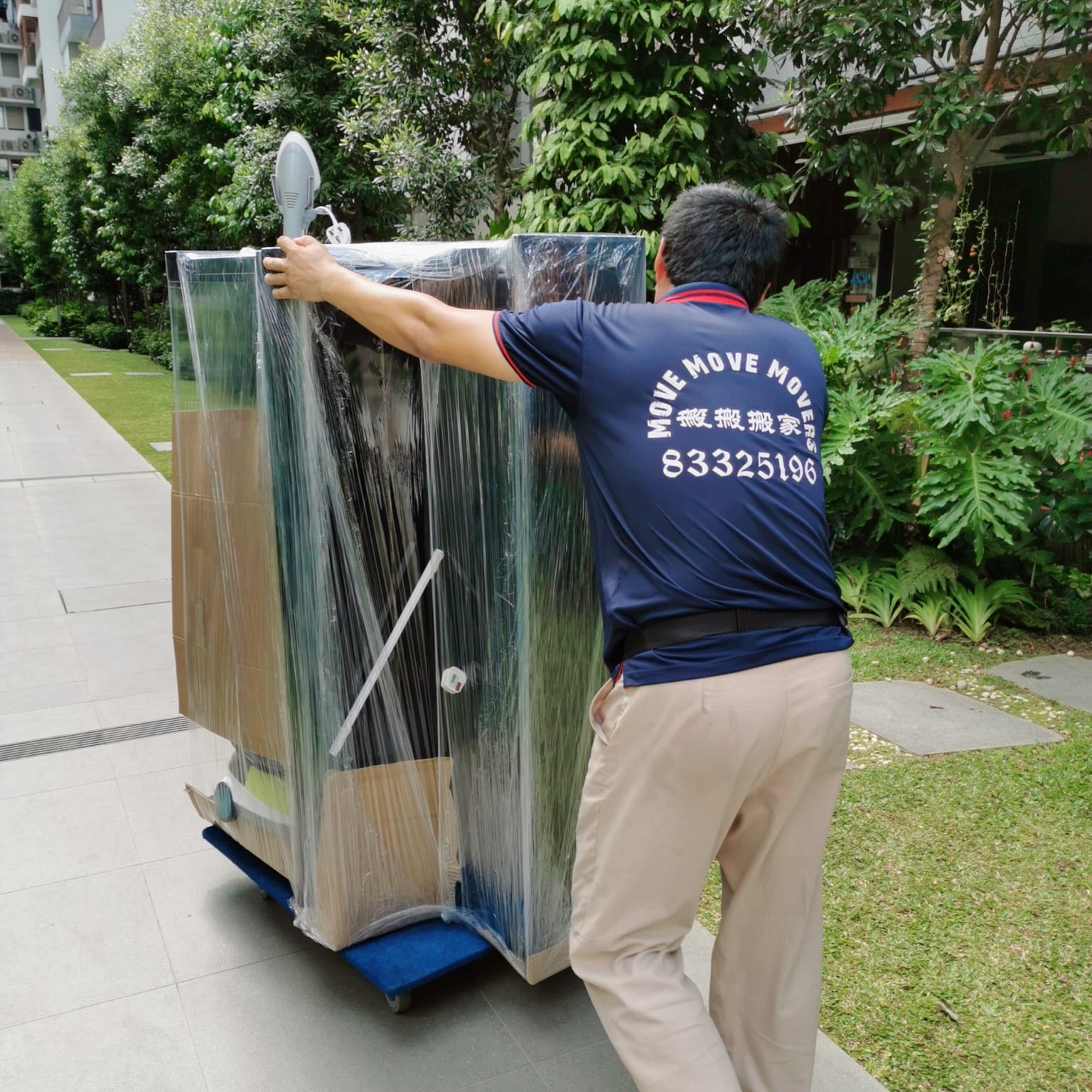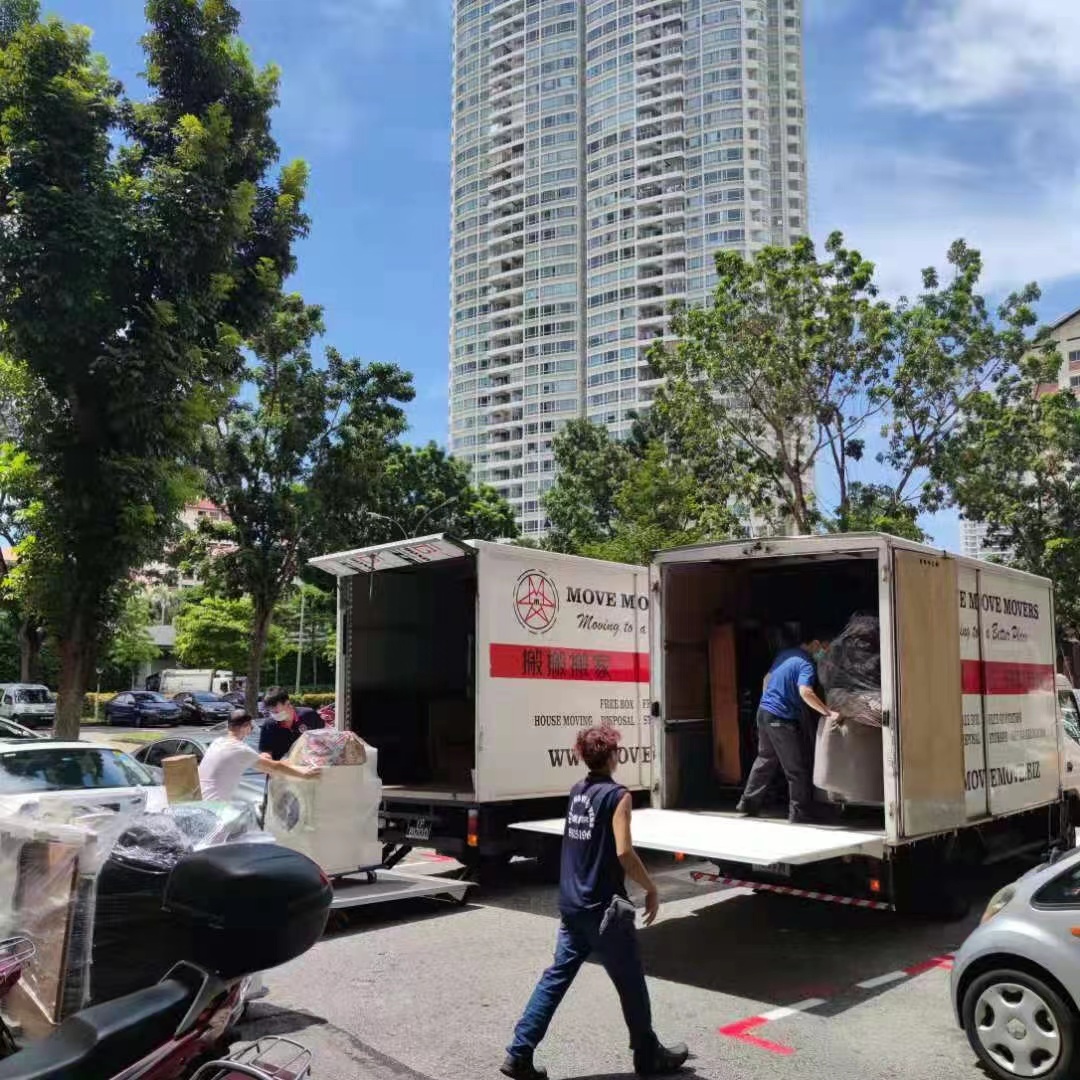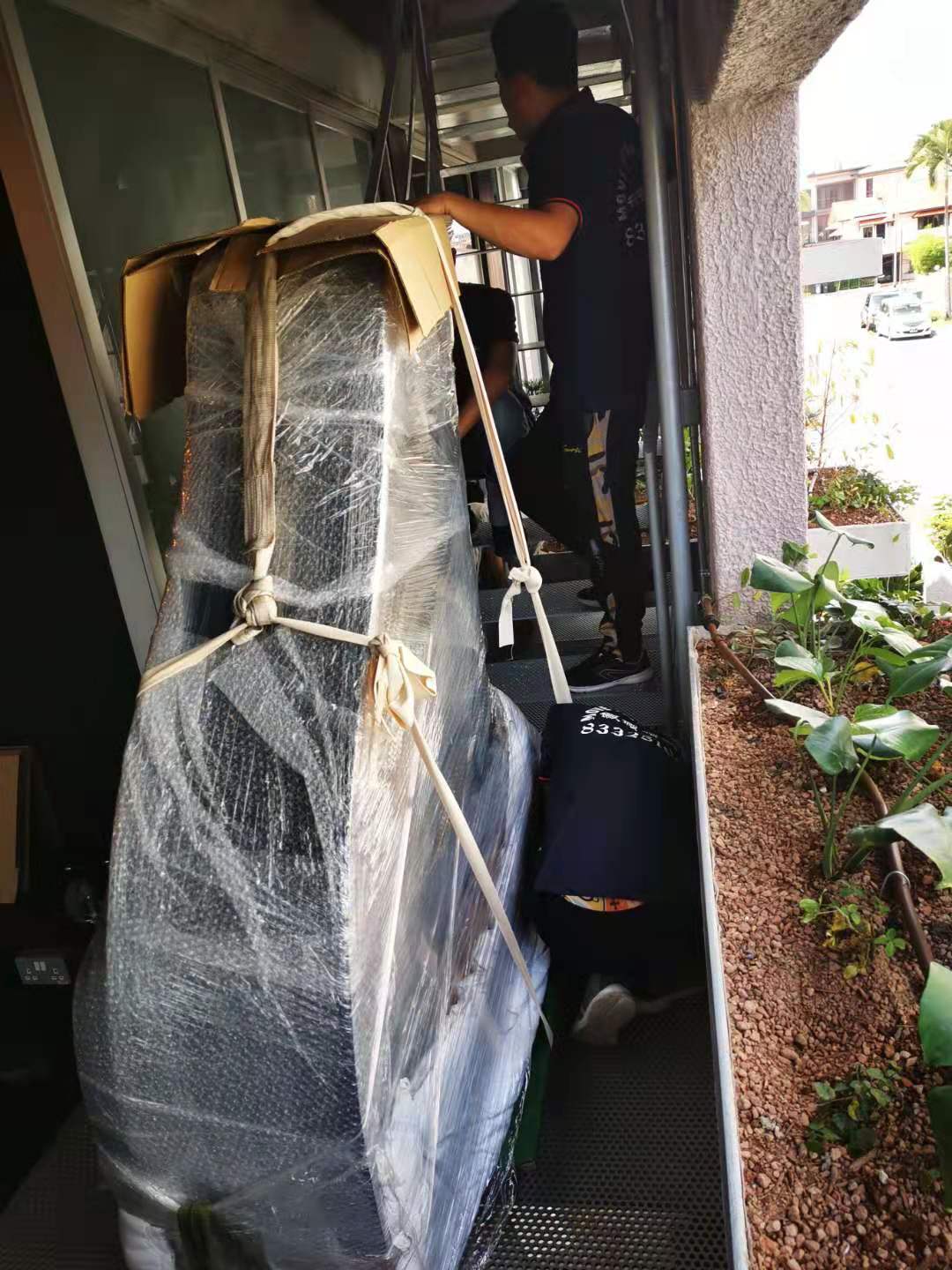Grand pianos are large, as the name implies, with lengths ranging from 120cm to 280cm and weights weighing up to 550kg. The smallest grand should have a total floor area of at least 150cm wide by 190cm long, not including bench space. The length of a grand piano is measured with the lid closed from the very front of the keyboard to the farthest end of the piano along the spine.
You’ll need various-sized screwdrivers to dismantle parts of the piano, moving pads to cushion and guard the piano, stretch wrap to protect the moving pads, moving straps to enable safe handling of the piano, and a piano dolly to transport your piano securely from your apartment to your moving truck as part of your preliminary preparation for moving grand pianos.
To move a grand piano, begin by lifting the piano’s body onto the piano skid or four-wheel dolly once it’s completely covered. Then, using the ratchet straps, secure the piano to the skid and wheel it out of your home and into your moving vehicle or truck. If you’re moving it with friends, make sure that someone steers the piano from both ends of the piano skid or four-wheel dolly. We also recommend having one or two assistants to provide instructions, make a path, and act as a spotter for the piano’s sides.
Once you’ve gotten the piano on board the truck, lift the body of the piano off the skid and place it against one of the truck’s walls. Finally, use ratchet straps to secure the body to the slats on the truck’s walls. Before loading anything you’ve separated into the vehicle, wrap it in moving pads and stretch wrap.













